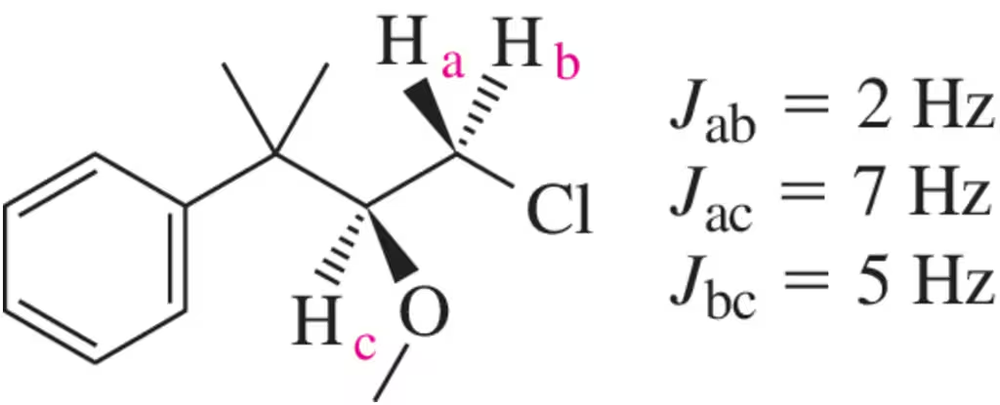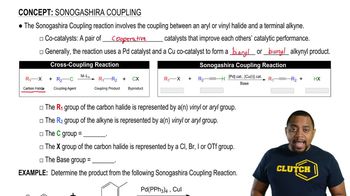Predict the splitting pattern for each of the indicated hydrogens in Assessment 15.59.
(d)

 Verified step by step guidance
Verified step by step guidance Verified video answer for a similar problem:
Verified video answer for a similar problem:



 11:3m
11:3mMaster Splitting with J-Values:Simple Tree Diagram with a bite sized video explanation from Johnny
Start learning